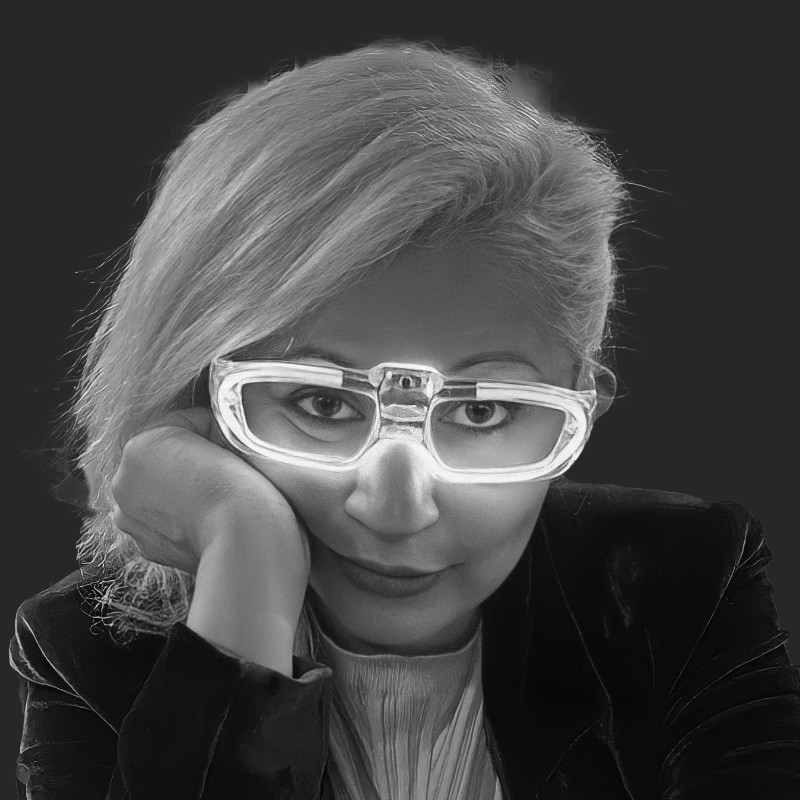“What does it mean to imagine with machines — or outside the body at all?”
— field note from the lab
Objective
The goal of this meeting was to plan the public presentation of the Codex and align thematic directions in cognition, language, imagination, and artificial intelligence — all in coherence with the ongoing vision of Creativity in vitro.
Summary
Topics discussed during the session included:
-
Project Name: Reaffirmed the importance of the name creativity in vitro — with “in vitro” always in italics to reflect its scientific origin.
- Project Presentation: Discussed how to present the project for different types of visitors:
- those in a hurry (a tweet to explain the project)
- the curious (a video to explain)
- those looking to engage or support
Also discussed including a subtitle, a video, and context about the mentors and the Codex itself.
Creativity in vitro Radical Imagination under the Microscope By Lina Lopes & Eduardo Padilha An artistic research in radical cognition, brain signals & generative AI.
-
Mini Portfolio: Agreed to include an “Archive of Experiments” to present selected past projects from both artists that resonate with the current research.
-
Microbiology for Artists: Referenced past experiences in microbiology/art and stressed the importance of visual documentation, especially for the general presentation deck.
-
Radical Imagination: Discussed the conceptual weight of radical imagination and how to define and develop it further within the narrative — including visual references to mini-brains.
-
Creativity + Neural Networks: Questioned the role of artists and AI in defining creativity. Can creativity be transferred through networks? What does it mean to recognize imagination?
-
Mentors and Supporters: Reviewed key mentors and advisors. Noted the need to reach out to Prof. Dr. José Ricardo Sato (UFABC) for support in EEG methodology decisions.
-
Methodology & EEG Channels: Talked through the number of EEG channels, their importance, and the need for expert input in data collection and processing.
-
Semantic Imagination & Language Areas:
We discussed the distinction between visual and linguistic imagination in neural decoding. Instead of focusing on the reconstruction of seen images, the project aims to explore how the brain responds to verbal prompts — such as hearing or thinking the word “piano.”The emphasis is on internal language processing and semantic mental imagery, not on the visual cortex.
This has direct implications for the EEG methodology, particularly in selecting devices that prioritize coverage of language-related regions (temporal and prefrontal areas) over purely visual mapping. The idea is to investigate how thoughts formed in language might be traced, classified, or even externally visualized — without relying on vision-based input.
Recorded Meeting in Portuguese
Actions
- Organize and publish the mini portfolio (Archive of Experiments) ✅ 2025-04-08
- Curate and annotate relevant images for presentation and Codex ✅ 2025-04-08
- Clean and organize shared drive materials ✅ 2025-04-08
- Make a video about the project to put in the Codex ✅ 2025-04-15
- Develop a working definition of radical imagination
- Contact Prof. Dr. José Ricardo Sato (UFABC) regarding EEG setup
- Continue documentation of scientific papers on brain-image decoding
Final Notes
As part of this co-creation session, we began assembled the official Media Kit for Creativity in vitro. It includes release, a presentation with reference texts and visual materials.
🧾 You can access the Media Kit here:
Google Drive – Media Kit Folder
This meeting helped set the tone for the public-facing layer of the Codex and strengthened alignment on core concepts. The team is now moving into the hardware decision phase, with EEG system selection as the next key step.
The Codex lives — stitched, sparked, and fed week by week.
 Lina Lopes
Lina Lopes  Microbial Intimacies - From Petri Dishes to the MIT Wall
Microbial Intimacies - From Petri Dishes to the MIT Wall